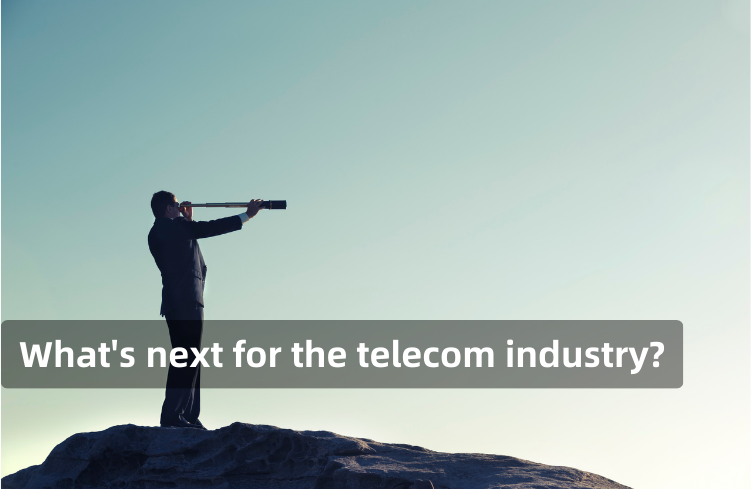
SATCOM and telcos will enter a new era of co-opetition.
For decades, Satellite Communications (SATCOM) providers have played a critical role in connecting the unconnected whether they are remote populations, government agencies or enterprises in the aviation, maritime, and media industry. In recent times, the Low Earth Orbit (LEO) market has witnessed tremendous momentum with many new players entering the market, promising high bandwidth and low latency access to both enterprises and consumers. Players like OneWeb primarily play in the B2B space and partner with traditional mobile telcos for backhaul services but also offer services directly offered to enterprises.
On the other hand, Starlink is launching 'direct to cell' services in partnership with their global partners, starting with the text service in 2024, followed by voice, data and IoT in 2025. As it stands, all dominant signs suggest that the SATCOM providers and traditional telcos will nicely complement each other's coverage, integrating into each other's networks to enable diversification of use cases to ultimately provide universal communications access to consumers and enterprises. However, the market may see a shift or even reshape if the SATCOM economics, pricing, service performance, and reliability reach on-par status with telcos.
Service providers will embrace an autonomous networks future.
As communications service providers (CSPs) globally seek to more efficiently manage their networks through increased automation and AI/ML, many are looking to chart the path towards an autonomous networks future as espoused by the TMF's Autonomous Network (AN) project. It encourages CSPs to baseline their current level of operational maturity in certain areas and to outline a roadmap towards true operational autonomy.
We foresee more CSPs setting public targets with timeframes for AN maturity withing their organizations with many seeking Level 3 compliance (policy based autonomy and conditional closed-loop control) and some Level 4 compliance (intent driven closed-loop control) as well as seeking collaborative partners with whom to engage in the journey. Important to note however that new 5G and 6G use cases and operational automation will depend on CSPs being able to create cloud-native network platforms with end-to-end programmability.
Programmable network platforms will underpin the success of carrier exposure to support the monetization of 5G networks and beyond.
Carrier exposure initiatives took a big step forward in 2023, from the launch of the Open Gateway Initiative and CAMARA APIs to partnerships and showcases of API-based use cases. While the concept of standardizing APIs for the developer community is encouraging, the industry is still far from the wide-scale adoption of these APIs fueling new and innovative products and services. In the coming year, we can expect carrier exposure strategies to take small steps forward, primarily through service providers foraging strategic partnerships to identify new use cases and define new APIs.
Additionally, the industry will continue to grapple with key questions, including what the API monetization models should be and whether or not a neutral third-party host is essential to scaling API adoption across the industry. However, this can only be achieved with the widespread adoption of cloud native networks and cloud based technologies, and operating cloud native programmable network platforms will require significant investments in data management and network analytics tools.
(Source: vmblog.com)

